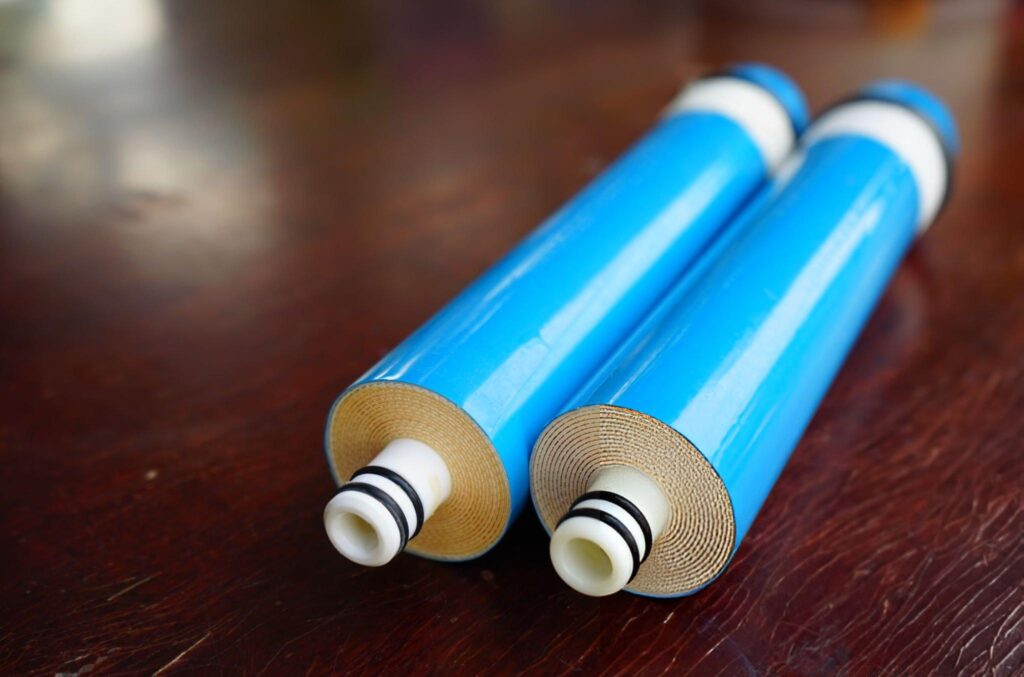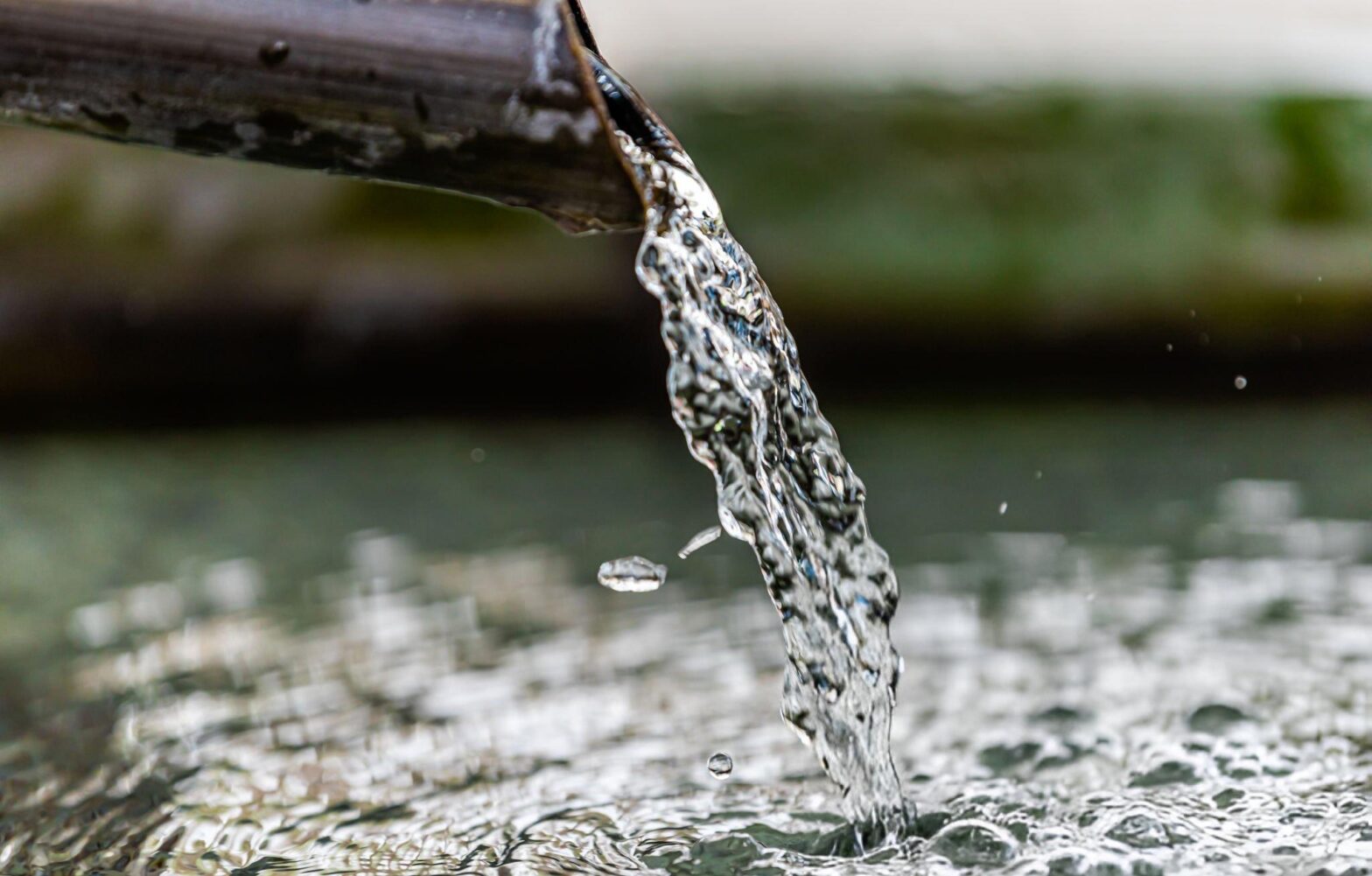Welcome back, irrigation heroes and pure water seekers. Your friend, Kris, is here to take a deep dive into the technical heart of any Reverse Osmosis system. We’re going to look at the all mighty RO membrane and how to know if it’s time to replace it. That’s right, I’m we’re talking about Permeate Flow Rate today.
Exciting times, grab a bag of your favorite seed and beverage (I like popcorn and RO water, naturally).

Why Flow Rate is Your Best Tool to Understand Your Membrane
Over time RO membranes produce less pure water. Naturally, they are getting clogged up with the very contaminants they are protecting your plants from, or the membrane is just beyond it’s serviceable life.
Have you wondered why your filter doesn’t produce exactly the amount of water that the manufacturer claims it can? It’s complicated, and if you want to skip right to it, just check out the RO Flow Rate Calculator to see what you can expect your filter to produce with your source water.
If you want to do the math yourself, or understand the formulas better you can checkout GrowMax’s Permeate Flow Rate Work Sheet [PDF].
A Quick Explanation for the Uninitiated
- RO Filter Membranes: The membrane is an advanced, semi-permeable roll with pores so tiny, water molecules can barely fit through. It’s responsible for providing nearly pure water from your source water. It separates a portion of the source water, as nearly pure, and it sends the rest out as waste water.
- Permeate Flow Rate: Pure water is the “permeate” – the good, purified stuff. The flow rate is basically the amount of water produced by the filter over time. It’s usually measured in Gallons Per Day (GPD).
Membranes & Flow Rate
I. The RO Membrane is the Gatekeeper
Imagine a fine intricate microscopic net, if you can. It’s extremely selective, it basically tells water molecules, “You may pass, you’re cool,” while sending almost everything else down the drain, like dissolved solids, bacteria, and viruses. This isn’t just filtration; it’s molecular segregation, and it’s awesome! You can find general info on how these membranes work from sources like the Water Quality Association [PDF].
II. Measuring the Output
When you see “150 GPD” on an RO filtration system, that’s the manufacturer’s flow rate. It basically means, under specific conditions (often detailed in the manual), that filter can pump out 150 gallons of purified water per day.
III. Quality Membrane’s Matter
Obviously, a bigger, more efficient membrane can pump out more clean water. However, the quality of the membrane material and its design ensure it’s not just pushing water through, but actually purifying it. Higher quality membranes will perform better for longer. You can literally taste the difference.

IV. Factors That Affect Permeate Flow Rate
Several things can increase flow rate or slow it down:
- Water Pressure: Higher pressure means more water is flowing through the membrane, of course there are limits. But if your pressure is too low, your filter won’t produce what it’s capable of. Luckily there are RO Booster Pumps to speed things up!
- Water Temperature: Water has viscosity, just like honey. If you warm it up it flows much better, and the membrane functions much better. Most filters have a maximum temperature of around 100°F. But you can get a whopping 50% increase in production going from 67°F to 90°F. That 150 GPD filter I mentioned earlier, with all other things the same, will produce around 185 GPD with source water at 90°F! Just don’t max out everything on the filter at once. More isn’t always better.
- Total Dissolved Solids (TDS): Cleaner water will pass through the filter faster than water that has a lot of minerals floating in it. And the filters will perform better for longer. High TDS water basically creates something like a microscopic traffic jam at the membrane.
- Age & Condition of the Membrane: Over time a membrane can get clogged up with contaminants or it can simply just get old and worn out. The membrane is made of a rubber like material, and it doesn’t last forever. If you think your membrane isn’t performing well, replacing it might bring your system back to life. You can use our RO Flow Rate Calculator to see if your system is performing like it should with your particular source water.

VI. Flow Rate vs. Water Purity
Membranes are designed to operate at a certain flow rate. If you force too much water through them too aggressively (like with extremely high pressure not beyond your membrane’s design), you might not give the membrane enough contact time filter the water correctly.
Each filter is designed to operate within certain tolerances. If you exceed those levels, you’re going to reduce the quality of the water produced by the filter, or even damage the thing.
Wrapping It Up
Those are the basics of a Reverse Osmosis Membrane’s Permeate Flow Rate. If you’re wondering if your membrane is performing like it should, just head over to our RO Flow Rate calculator and punch in your numbers to find out. You might need some high quality replacement filters to get your filter performing at it’s best again.
